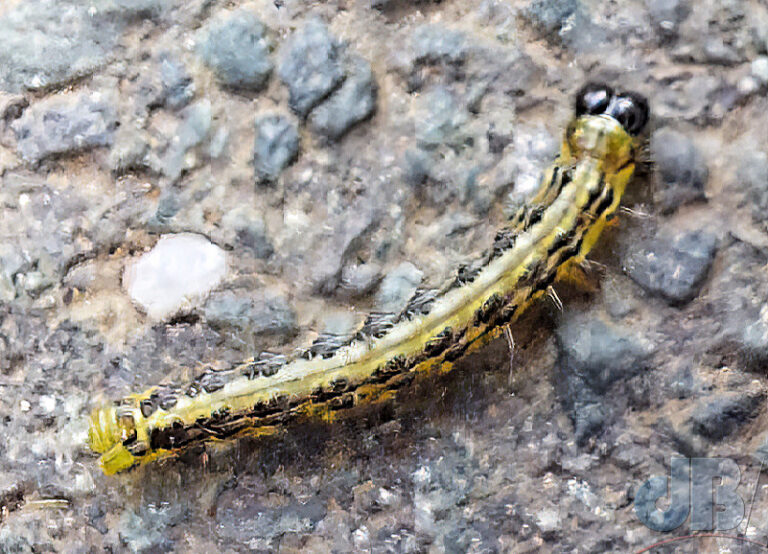The Box-tree Moth, Cydalima perspectalis, is an Asian species of moth (usually seen in Japan, China, Taiwan, Korea, and India), that is gradually spreading, presumably with the advent of box hedges on new housing estates, across the South East of England, and in East Anglia.

It would most likely have arrived as eggs/larvae on imported box plants(Buxus), and it was first recorded in the UK in 2007. Its larvae can rapidly eat their way through a box hedge. Another reason to go native when it comes to planting…although it is probably too late for native box now though.

I recorded my first Box-tree moth in July of 2019 and have seen dozens since. It is a quite beautiful, exotic-seeming moth. There is a dark melanistic, form, which is a common genetic aberration in lots of animals; see also the Industrial Evolution of the Peppered Moth.

Wiki has more details on its recordings: first seen in Germany 2006, then Switzerland and The Netherlands in 2007, France and Austria in 2009, Hungary 2011, Romania, Spain, and Turkey. Also now in Slovakia, Belgium, and Croatia, and by 2016 Bosnia and Hercegovina. During the preparation to the 2014 Olympics in 2012 it was introduced from Italy to Sochi with the planting stock of Buxus sempervirens. A year later it was seen to be defoliating Buxus colchica. Now present in Toronto, Canada as of 2019.
Recently, I’ve seen a lot of pheromone traps hanging in trees close to a garden box hedge and even at a National Trust property. These traps are commonly used by moth-ers who place a pheromone lure in the trap, and draw in a target species for recording, examination, and photographing. All in the name of citizen science.
Unfortunately, this is not the way to deal with what box gardeners perceive as a pest. Indeed, hanging a lure in your garden will have the exact opposite effect of what you hoped. The females if they are in your area will be drawn to the box plants because that’s the food plant for their larvae. In the meantime, they will be pumping out sex pheromone into the air and drawing in the males who will mate as soon as they encounter the female. If you put out a pheromone lure, you are likely to be amplifying the sex signal and will draw in more males. You will trap some males but it really only takes one pairing on your box hedge for it to be devastated by box-tree moth larvae.
So, how do you deal with an infestation of Box-tree Moth larvae on your bushes? Well, you could go the nasty route and spray pesticide, but that will harm other beneficial invertebrate species. You could make a solution of washing-up liquid, but that’s unlikely to work well. You could pick off the caterpillar and…dispose of them. But, in this area, at least, I’d say your Box are doomed, perhaps better to find another native plant species to replace it for hedging.
If you see this species, there is a major project to record their spread and changing colour forms through the UK. You can record details here.